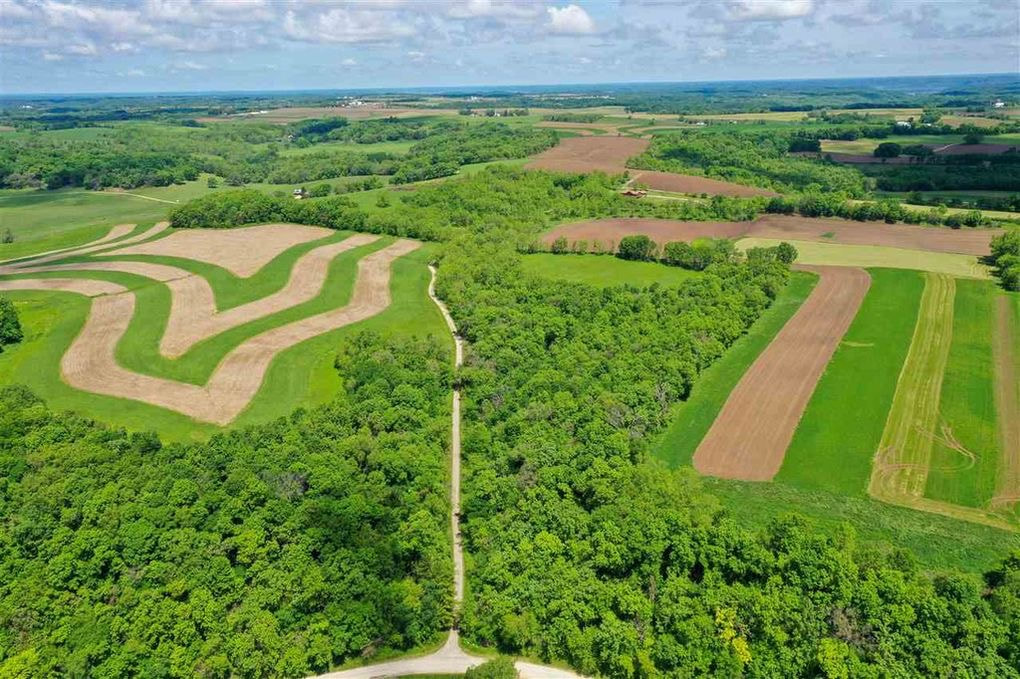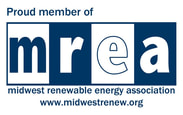LIFESTYLE
Many rural townships require a minimum lot size in order to maintain the rural character of the area by preventing the development of farmland into subdivisions. A common minimum lot size is 40 acres, and many townships allow only one home on a property, with the exception of additional homes that will be used by family members who are helping to farm the land. There may be a requirement that part of your land by preserved as farmland.
If you are building in an area with farms, think about how you will feel about normal farming activities that may occur on your neighbors' property. During the spring, summer and fall, farmers may start planting or harvesting early in the morning or continue late into the night, in order to beat the weather. In addition to noise, there may be smells associated with farms, particularly those that raise livestock.
Many rural citizens like to hunt or allow other people to hunt on their land. How do you feel about hearing gunshots from your home? Rural land (and roads) may be used by snowmobilers in the winter and by owners of 4 wheelers the rest of the year.
BUILDING COSTS
Depending on how close to the road you build your home, you may need a much longer driveway than you would require in the city or suburbs, which can add tens of thousands of dollars to the cost of building your home. Someone will have to plow the driveway as well, meaning you may need to purchase a plow attachment for your pickup truck or hire someone to plow for you.
Most rural sites need to have a septic system and well, since they are not hooked up to a city's sanitary sewer and water supply. Electricity may need to be brought from quite a distance to get to your home, depending on where on your property you plan to build. These things generally add tens of thousands of dollars to the cost of construction.
There will likely be fewer general contractors to choose from to build your home, especially if you are far from a city. Materials may need to be brought from a longer distance, increasing delivery costs, especially for unusual materials or products. If you're building on a challenging site or in a hard-to-reach spot, that could increase costs for labor and equipment.
COMMUNICATION AND TRAVEL
Unfortunately there are still many rural places in the United States that do not have good wifi or cellular coverage (or the wifi may be very expensive). This may be of particular concern if you are planning to work from your home and need to be able to reliably communicate with others.
Running to the grocery store to pick up a few things may require a long drive there and back. If you have children, they may have a long bus ride to get to school, or you may choose to drive them to school and pick them up at the end of the day.
VACATION HOME
If you're building a vacation home in the country, you may want to consider a security system that will alert you of intruders or burst plumbing pipes. Some people hire a caretaker to check on their property regularly and take care of any problems. If you won't be living in the home over the winter, you will need to either drain the water in your house, or keep the heat turned up high enough that the pipes won't freeze.
LIVING NEAR THE WATER
Lakes, rivers and wetlands can be beautiful features on a site, but they also come with restrictions determining how close you can build, both to protect your home from flooding and to protect the water quality, habitat and scenic beauty of the area. In Wisconsin, buildings are generally not allowed within 75 feet of the water. Sites that are downriver from a dam may have a "dam shadow" that they cannot build within. This is an area that is expected to become flooded if the dam breaks or is opened.
In addition, water may affect where you can place your septic system and well. High groundwater may determine whether or not you can build a basement under your home. In order to limit runoff from your site into a lake, there will likely be a limit to the amount of "impervious surface", such as buildings, patios or driveways, that you're allowed to build on your lot. Your county zoning office will be able to tell you whether a property is located within a "shoreland/wetland" or "floodplain" district.
Owning a house in the country can be incredibly enjoyable, but it's important to know the tradeoffs before buying land and starting the process of building.


 RSS Feed
RSS Feed
